Idea by
Alban Wagener - Luca Sabbadini
coop architecture
https://coop-architecture.com/
Call for ideas 2018
Cunha a gentrification process.
Cunha a gentrification process.
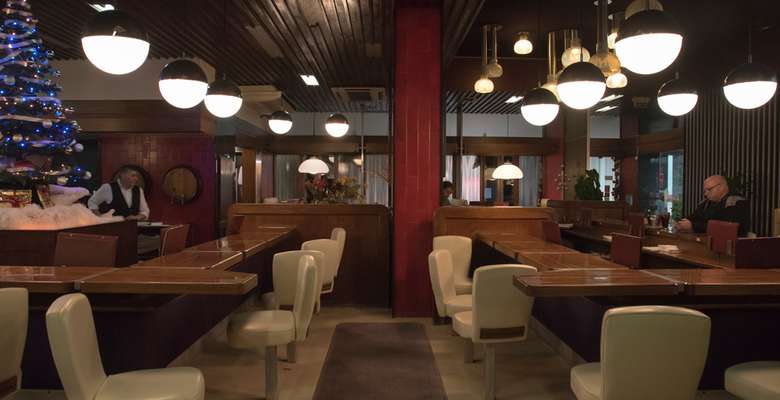
Family run businesses are closing, permanent residents flee to the suburbs, this is a fact that we cannot change in times of AirBnb, Ryanair and fast growing economical niches. How can architecture preserve history and collective memory?
In the world we live in, we see a huge development in local accommodation for attracting fast visiting foreigners, that is in fact a great opportunity for a small quantity of citizens. For
the rest of the citizens, this means an eternal search of a liveable home for the residents and their families and for the local shops their end.
Using Virtual-Reality we show the visitor the spaces of a recent case of gentrification in Porto, where the new owner of a building will refunction it to a hotel and needs the space of the traditional restaurant named Cunha to offer breakfast. The power of Virtual Reality is fundamental in answering to the question: how can Architecture and Society work together to shape a more equal and collective way of co-existing?
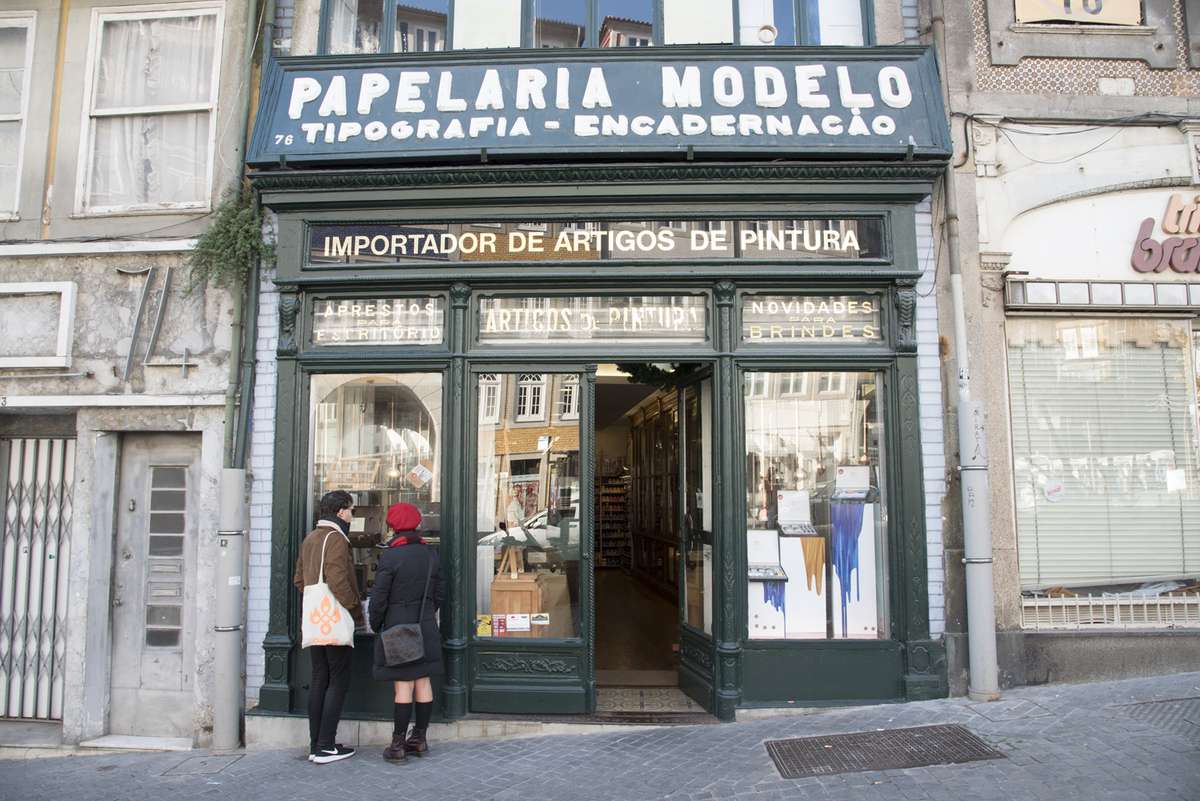
The disapearing process of local businesses in Porto.
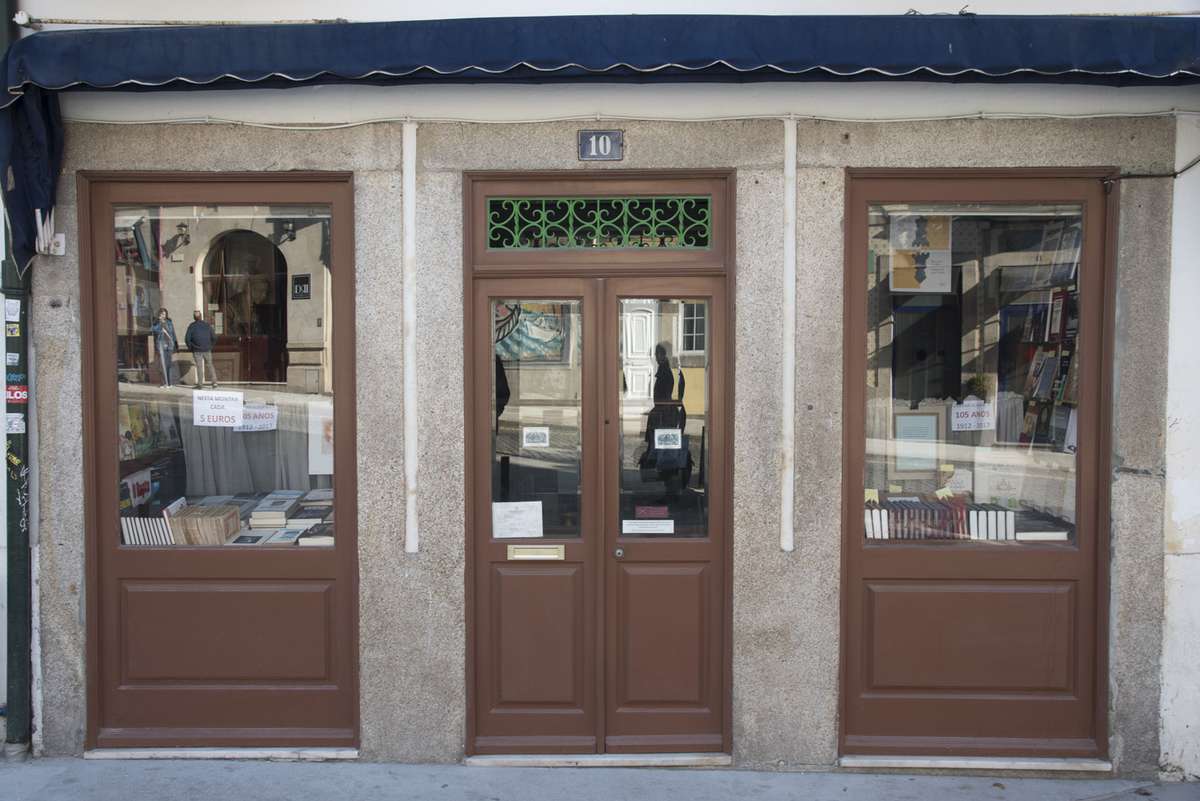
Livraria alfarrabista, a traditional local bookshop.
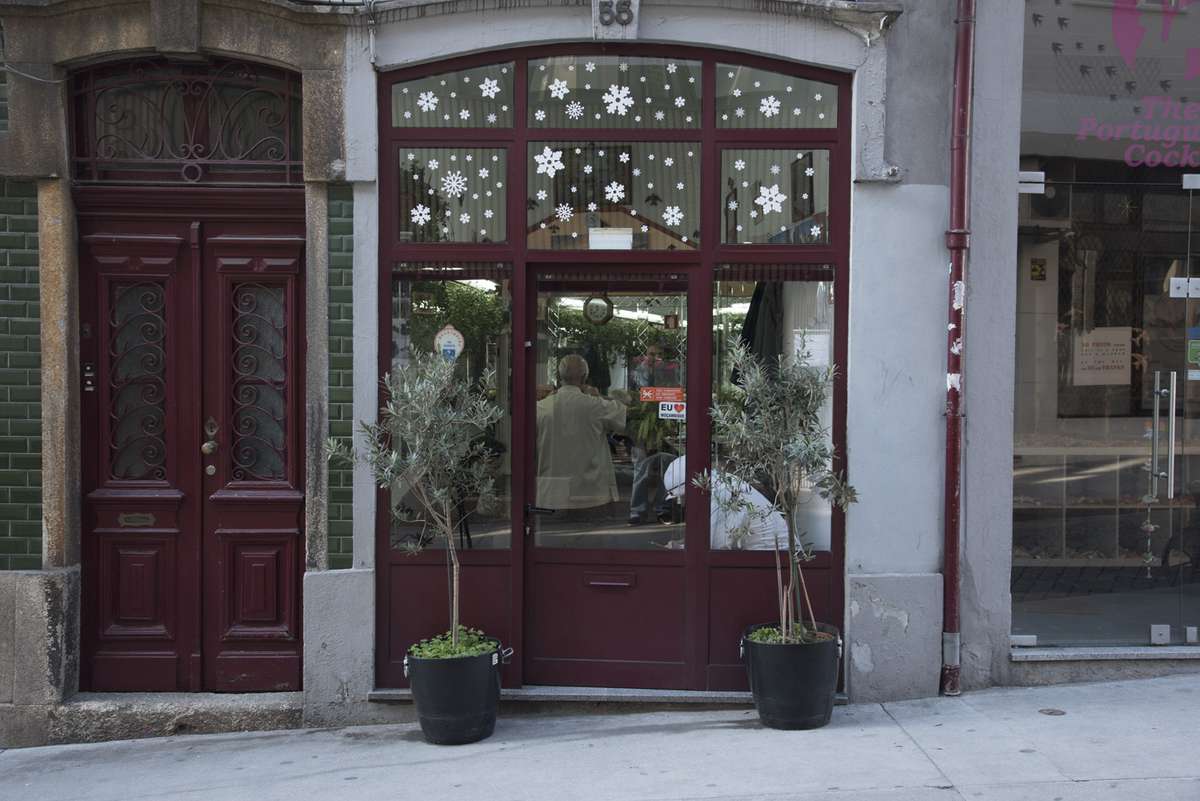
A hairdresser in downtown porto.

The rehabilitated.

The inside of CUNHA, "snackbar" and diner, a memory of modernisation in porto.
Cunha a gentrification process.
Cunha a gentrification process.

Family run businesses are closing, permanent residents flee to the suburbs, this is a fact that we cannot change in times of AirBnb, Ryanair and fast growing economical niches. How can architecture preserve history and collective memory?
In the world we live in, we see a huge development in local accommodation for attracting fast visiting foreigners, that is in fact a great opportunity for a small quantity of citizens. For
the rest of the citizens, this means an eternal search of a liveable home for the residents and their families and for the local shops their end.
Using Virtual-Reality we show the visitor the spaces of a recent case of gentrification in Porto, where the new owner of a building will refunction it to a hotel and needs the space of the traditional restaurant named Cunha to offer breakfast. The power of Virtual Reality is fundamental in answering to the question: how can Architecture and Society work together to shape a more equal and collective way of co-existing?
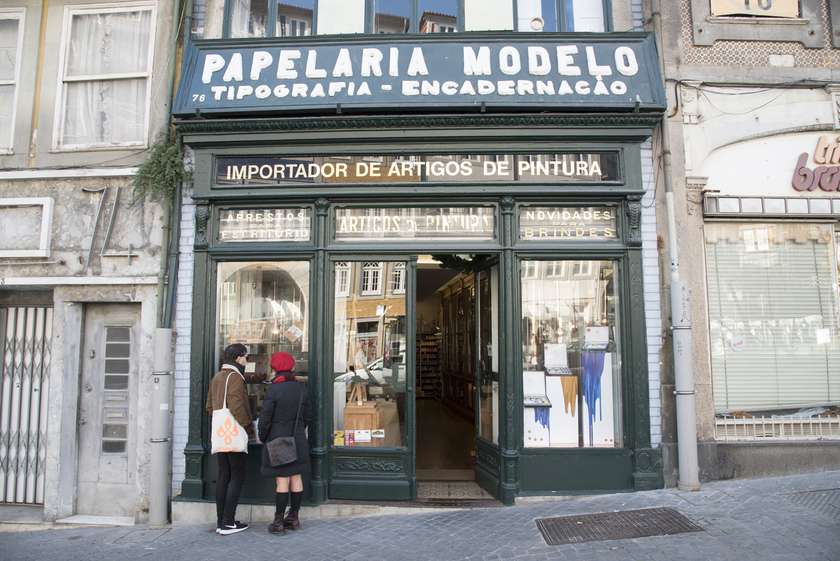
The disapearing process of local businesses in Porto.
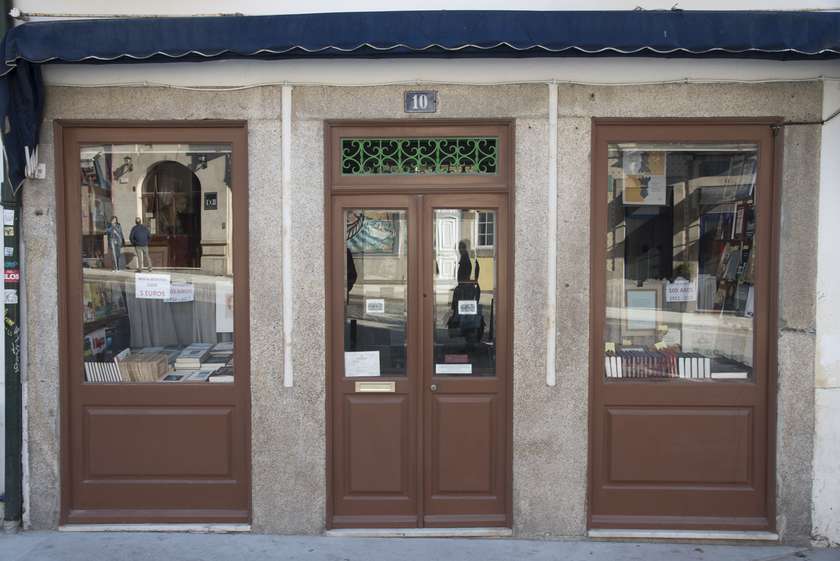
Livraria alfarrabista, a traditional local bookshop.

A hairdresser in downtown porto.
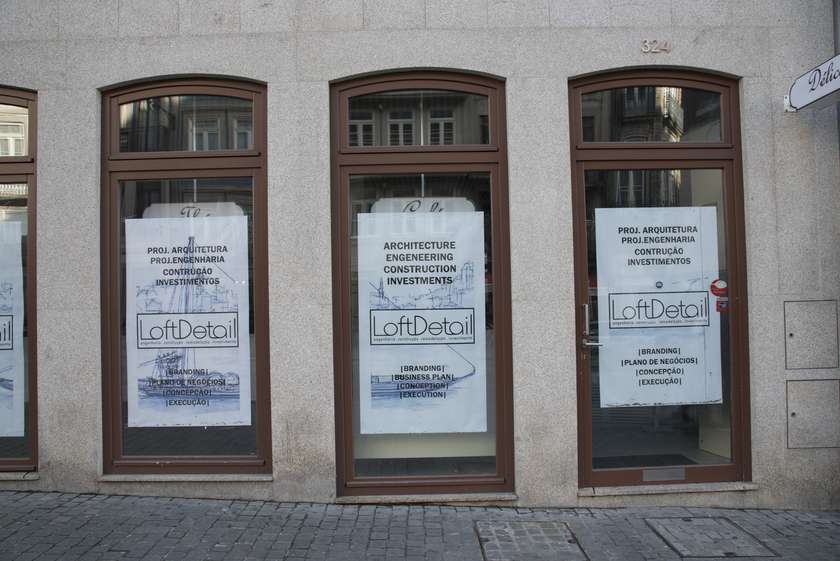
The rehabilitated.
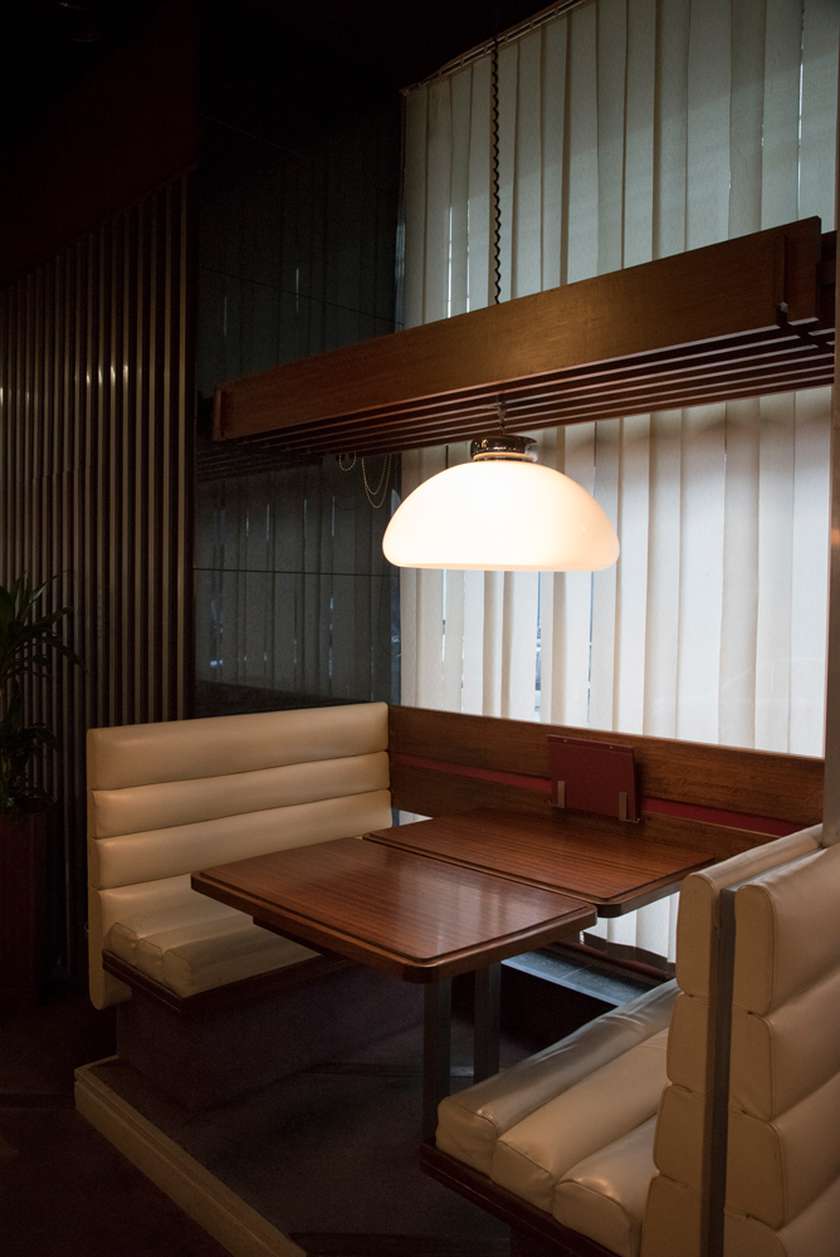
The inside of CUNHA, "snackbar" and diner, a memory of modernisation in porto.